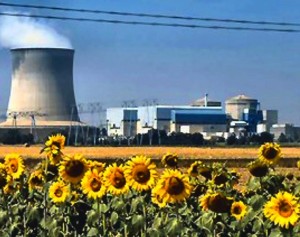
In December 2015, the nations of the world met in Paris and agreed to try to reduce greenhouse gas emissions so as to hold “the increase in average surface temperature to well below 2°C”. How this was to be achieved was a question left unanswered. At this British Pugwash discussion meeting on 5 April, Dr Christopher Watson presented our findings, describing the technology options and, as important, their economic and social implications. Our work has made use of public-domain software and has involved collaboration with colleagues in the European Physical Society.
For Europe and the UK, there are several options that could allow the desired reductions in CO2 emissions to be achieved but none of these options will be either easy or cheap and in each case there are technical difficulties that could turn out to be show-stoppers. Consequentially there is an urgent need for R&D. At the world level the likelihood of success is even more uncertain. A seldom-considered aspect is the need for significant changes in human behaviour. Ultimately, it may be this, rather than the technical issues, that decides the actual trajectory of events and, hence, success or failure.
Power point: Climate change_5April
Video:
Climate change & energy presentation 1
Climate change & energy presentation 2 & discussion
